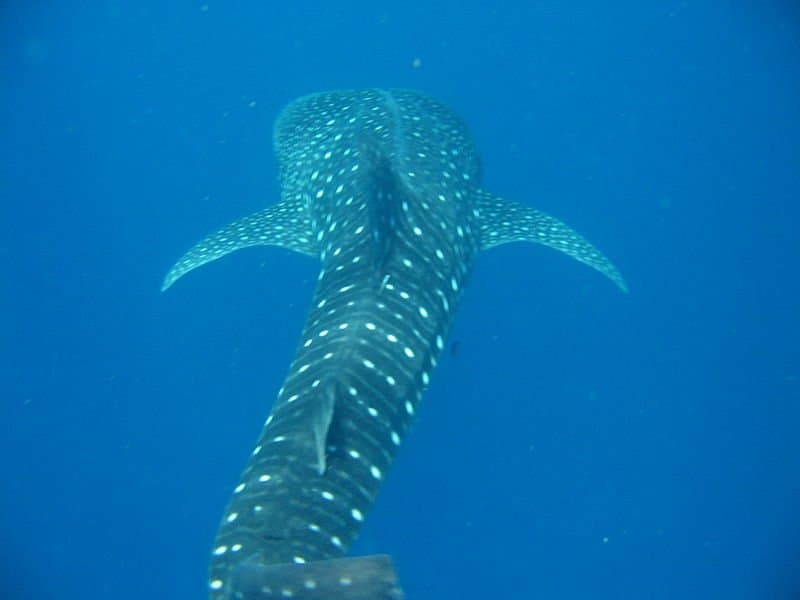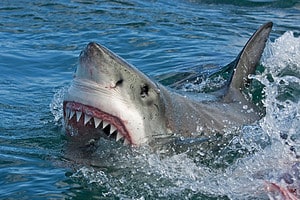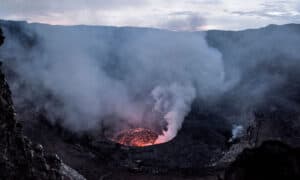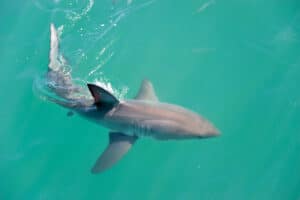The Galapagos Islands are in the Pacific Ocean, more than 600 miles off the coast of Ecuador. The archipelago is famous as the inspiration for Charles Darwin’s theory of evolution. These volcanic islands feature an astounding array of flora and fauna, many of which are found nowhere else on Earth.
The treasures of life found in the Galapagos do not stop at the islands’ shores, though. The surrounding sea teems with life. The Galapagos Marine Reserve is among the world’s largest and most diverse, covering an area of 76,448 square miles. Nearly 30 species of shark call these waters home, although some are quite endangered, like the scalloped hammerhead shark. But there seems to be some recent good news for these sharks.
Baby Sharks (Doo-doo, Doo-doo… Oh, Stop It!)
In just the last few months, a nursery of scalloped hammerhead sharks was discovered off Isabela Island, the largest island in the Galapagos archipelago. The scalloped hammerhead has been classified by the International Union for Conservation of Nature (IUCN) as “critically endangered.”
Scalloped hammerheads are open-water predators, but they seek shallow nurseries as safe places to raise their pups. This recent nursery that was filled with yearling hammerheads is the third such nursery discovered in the Galapagos archipelago. The exact location of the nurseries will not be publicized to protect the sharks.
Commercial fishing and the huge demand for their fins as the primary ingredient in shark fin soup threaten these hammerheads. Finding these nurseries gives hope that conservation efforts are having an impact on the dwindling population of scalloped hammerheads in the Galapagos.
Along with the discovery of the nurseries, a large group of hammerheads and other sharks were recently observed near the archipelago. Have a look for yourself at the amazing video!
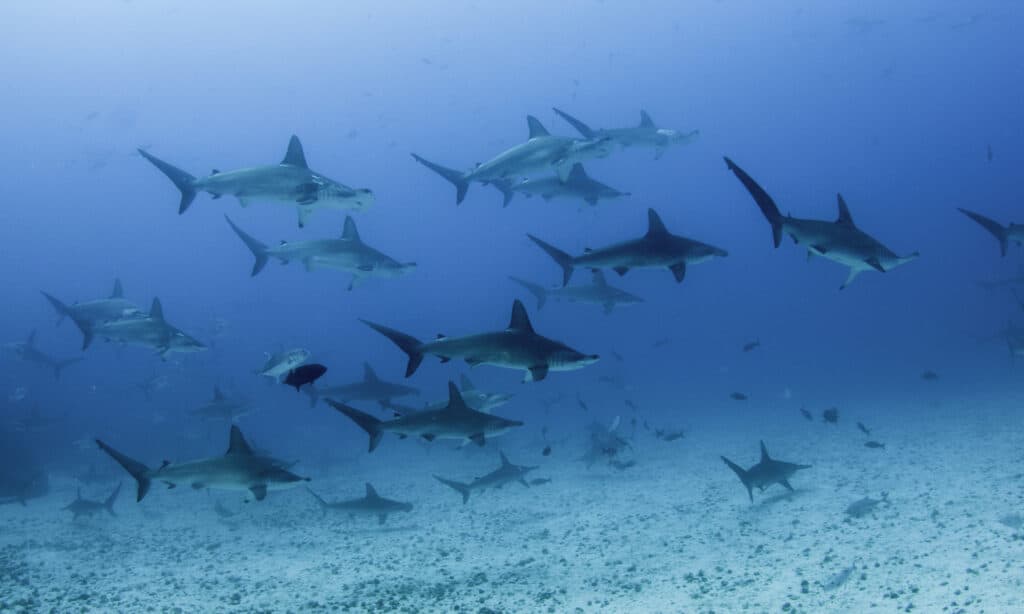
These scalloped hammerheads were photographed while swimming off the coast of Darwin Island.
©wildestanimal/Shutterstock.com
Other Common Galapagos Sharks
The Galapagos Shark
Also known as grey reef whalers, Galapagos sharks primarily live in the waters of the Galapagos archipelago. These sharks prefer clear waters with coral reefs or rocky bottoms. They occasionally hunt marine iguanas and sea lions in the Galapagos.
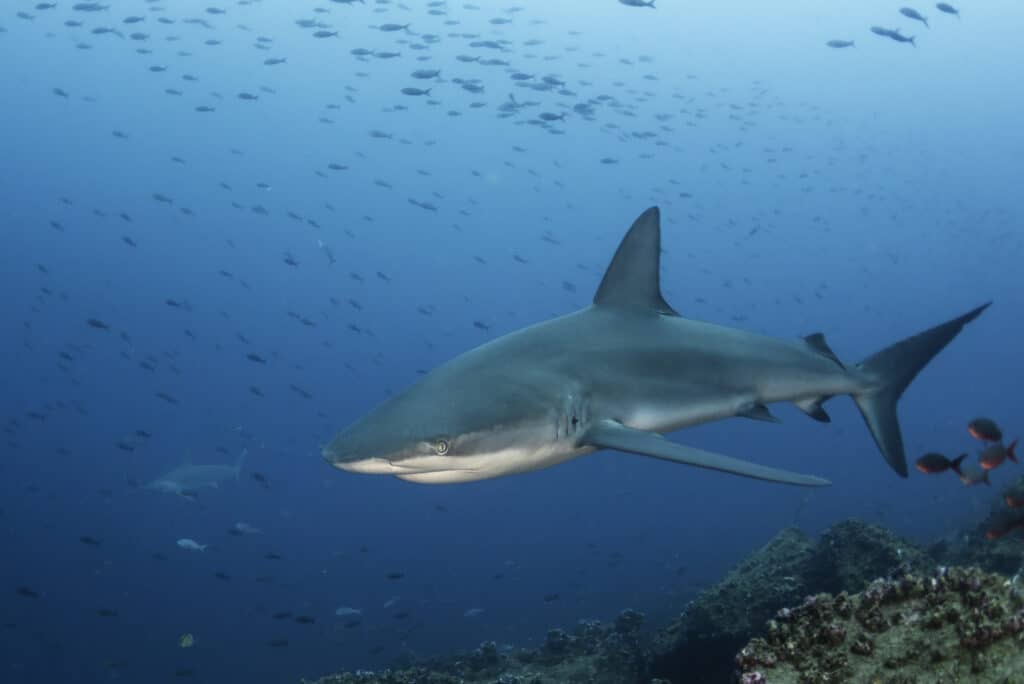
Galapagos sharks are often grey and smaller in size than other shark species.
©wildestanimal/Shutterstock.com
Whitetip Reef Sharks
These sharks are quite common in the waters around these islands. Whitetip reef sharks look quite a bit like other shark species, except for the telltale white tips on the first dorsal fin and tail. In the Galapagos, you can spot them near Floreana’s Punta Cormorant, Bartolomé, Española’s Gardner Bay, Turtle Island, and North Seymour.
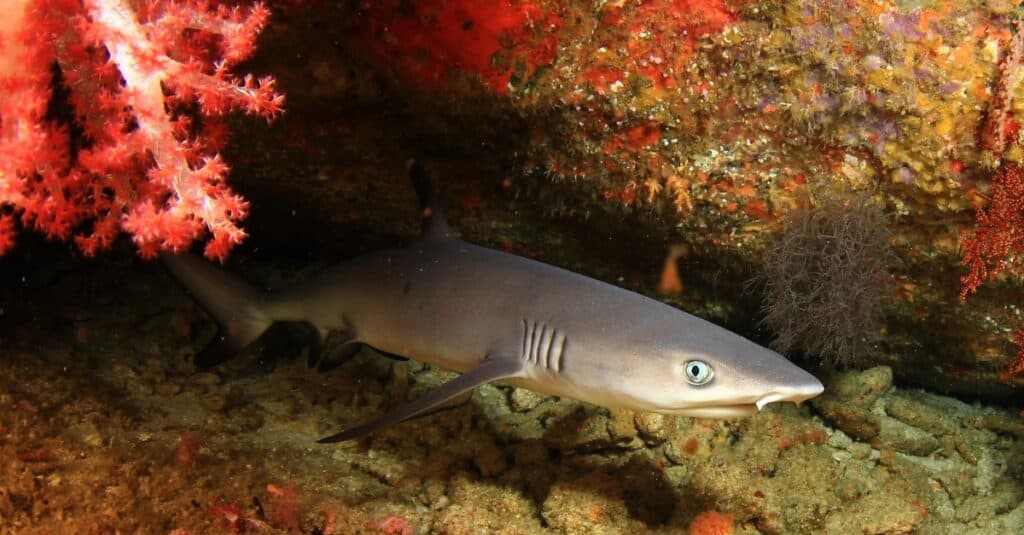
Whitetip reef sharks, such as this juvenile, are common sightings around the Galapagos archipelago.
©Rich Carey/Shutterstock.com
Whale Sharks
The largest fish in the sea swims the waters of the Galapagos. This ocean giant can grow to lengths of 40 feet or more and weigh over 20 tons. Amazingly, these monstrous fish feed on some of the ocean’s smallest organisms: plankton. You can see whale sharks around Wolf and Darwin Islands in the archipelago.
Into the Future
The Galapagos islands continue to teem with life on land and in the sea. Some of these irreplaceable species are under serious threat, but there are also glimmers of hope that, at least in some ways, the tide may favor these special creatures. Conservation efforts must continue to give these animals a future in one of the world’s strangest and most wondrous ecosystems: the Galapagos islands.
The photo featured at the top of this post is © Ian Scott/Shutterstock.com
Thank you for reading! Have some feedback for us? Contact the AZ Animals editorial team.



